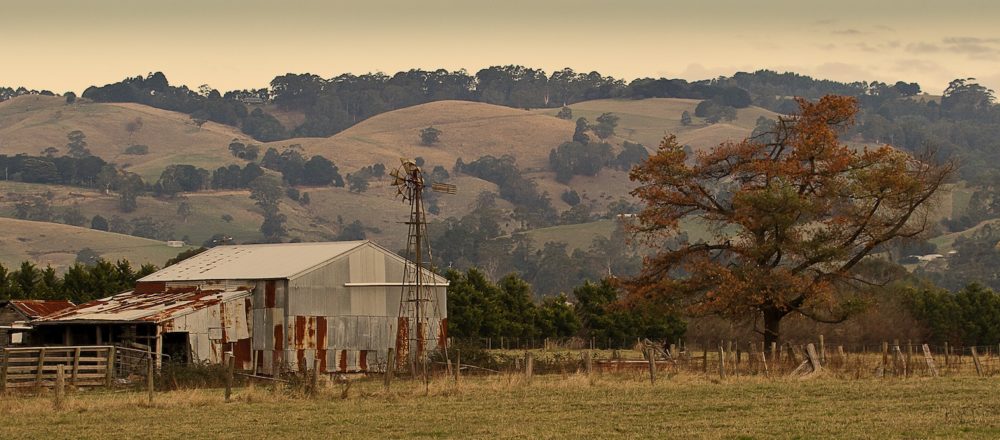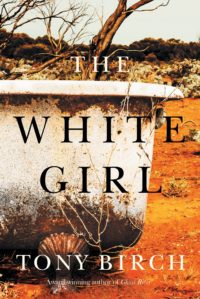The White Girl
Tony Birch
The University of Queensland Press
Tony Birch’s writing in The White Girl is crystal clear. Crystal clear about racism toward Indigenous people in Australia past and present. More importantly, however, The White Girl is about love. The love a strong Indigenous woman, Odette Brown has for her granddaughter Sissy. Odette is a powerful Indigenous grandmother. When a farmer’s son Aaron Kane says to Odette, “I thought there was none of you lot left round here”, Odette’s response is invincible: “Oh my people are still here son. A few of us are above the ground, the rest are below it. We’ve always been here and we’re going no place”.
The White Girl is set in the fictional Australian town of Deane in the 1960s. This was when pressure was finally being mounted by the Left and the Unions to give Indigenous people citizenship, causing the police to become more vigilant. The man that Deane is named after, Eli Deane, is responsible for murdering Indigenous people. The town of Deane is divided by Deane’s line; a line that separates non-Indigenous people from the people detained on the mission. Indigenous people were forbidden from entering the town of Deane except on Saturday mornings till noon.
One of the evil laws initiated by the Australian government that The White Girl challenges is The Aboriginal Protection Act. The White Girl also makes a stand against the genocidal policies of The Stolen Generations. The Aboriginal Protection Act started in 1869 and ended in 1969. It gave the Victorian Central Board for the Protection of Aborigines extensive powers over the lives of Aboriginal people including regulation of residence, employment and marriage.
The Stolen Generation involved the forced removal of Indigenous children from their families by the Australian Federal and State Government, and church missions. This affected between one in three and one in ten Indigenous children between 1910 and 1970; some say The Stolen Generations is still happening. Odette was born on the mission and was separated from family where she could only see her father on Sunday mornings after mass.
About the Aboriginal Protection Act, its surveillance and The Stolen Generations, Odette says with authority: “I’ll tell you to my own shame. Most of my life I haven’t been able to do anything without you lot having control over me. Myself and all the Aboriginal people around here. We’re so used to be told what to do, where we can and can’t go, all we know is to beg”.
With Sissy having no parents she was in danger of being removed from Odette. The new Sergeant, Sergeant Lowe, had “the new role of Guardian to the Aboriginal people of the district”. Lowe plans to steal Sissy from Odette and place her in welfare. Sergeant Lowe haunts The White Girl like a spectre. For Odette, the real threat to her life with Sissy comes through the repressive state apparatus of the police. Odette states while talking to her Indigenous comrade Jack: “Because they’re the ones we deal with everyday of our lives. Police. Not the welfare or the ones who write the rules for the government. Think if you were the police, Jack, knowing that one day you’d be told to go into a house and take kiddies away from their family. If you were to treat people with any decency, you couldn’t do that job”.
However, Odette’s best friend Millie Khan gives a brilliant criticism of the role welfare plays in Indigenous lives. Millie says, countering Lowe, “Welfare? Oh, you’ve looked after the welfare of our young girls for a long time now. Most of them are dead, disappeared or sent mad by what you did to them in the institutions. That’s not welfare Sergeant I think your own law would call that murder”.
There has been criticism that The White Girl is “too black and white”, too divisive, but this is unfounded. There is at times great comradeship between Indigenous and non-Indigenous characters in The White Girl. Such as the wonderful Henry Lamb and a railway worker that directs Odette to where Sissy was when she was lost.
What I loved most about The White Girl was the role the birds and the Old people play. The birds refuse to fly through the town of Deane in affinity with the Indigenous people who are not permitted to enter it. The birds talk to Odette like the Old people who protect Odette and Sissy from white clutches.
In a final act of resistance Odette turns the white laws against themselves.



